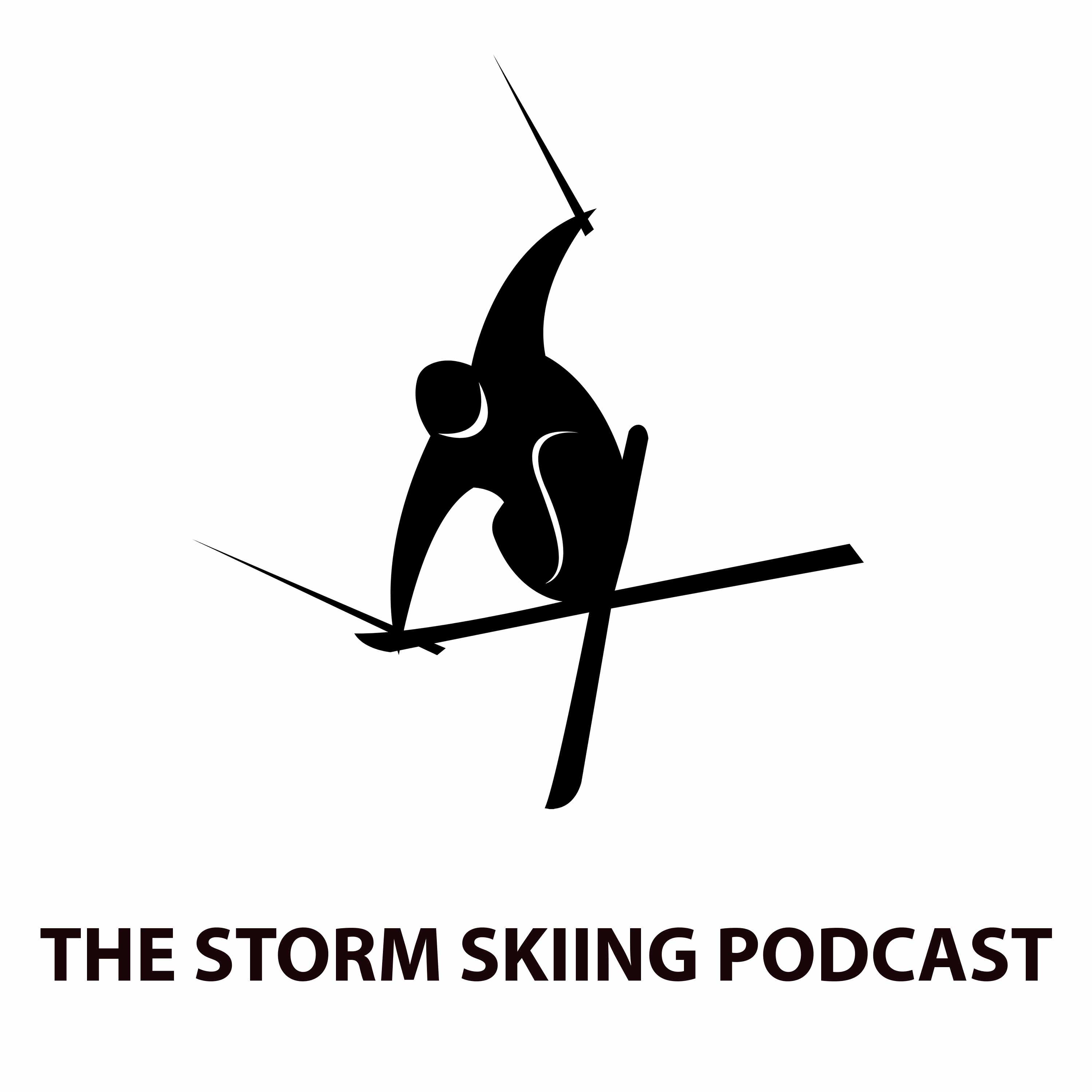Podcast #161: Teton Pass, Montana Owner Charles Hlavac
Description
This podcast hit paid subscribers’ inboxes on Feb. 9. It dropped for free subscribers on Feb. 16. To receive future pods as soon as they’re live, and to support independent ski journalism, please consider an upgrade to a paid subscription. You can also subscribe to the free tier below:
Who
Charles Hlavac, Owner of Teton Pass, Montana
Recorded on
January 29, 2024
About Teton Pass
Click here for a mountain stats overview
Owned by: Charles Hlavac
Located in: Choteau, Montana
Year founded: 1967
Pass affiliations: None
Closest neighboring ski areas: Great Divide (2:44), Showdown (3:03)
Base elevation: 6,200 feet
Summit elevation: 7,200 feet (at the top of the double chair)
Vertical drop: 1,000 feet
Skiable Acres: 400 acres
Average annual snowfall: 300 inches
Lift count: 3 (1 double, 1 platter, 1 carpet – view Lift Blog’s inventory of Teton Pass’ lift fleet)
View historic Teton Pass trailmaps on skimap.org.
Why I interviewed him
There was a time, before the Bubble-Wrap Era, when American bureaucracy believed that the nation’s most beautiful places ought to be made available to citizens. Not just to gawk at from a distance, but to interact with in a way that strikes awe in the soul and roots the place in their psyche.
That’s why so many of our great western ski areas sit on public land. Taos and Heavenly and Mt. Baldy and Alta and Crystal Mountain and Lookout Pass. These places, many of them inaccessible before the advent of the modern highway system, were selected not only because they were snow magnets optimally pitched for skiing, but because they were beautiful.
And that’s how we got Teton Pass, Montana, up a Forest Service road at the end of nowhere, hovering over the Rocky Mountain front. Because just look at the place:
Who knew it was there then? Who knows it now? A bald peak screaming “ski me” to a howling wilderness for 50 million years until the Forest Service printed some words on a piece of paper that said someone was allowed to put a chairlift there.
As bold and prescient as the Forest Service was in gifting us ski areas, they didn’t nail them all. Yes, Aspen and Vail and Snowbird and Palisades Tahoe and Stevens Pass, fortuitously positioned along modern highways or growing cities, evolved into icons. But some of these spectacular natural ski sites languished. Mt. Waterman has faltered without snowmaking or competent ownership. Antelope Butte and Sleeping Giant were built in the middle of nowhere and stayed there. Spout Springs is too small to draw skiers across the PNW vastness. Of the four, only Antelope Butte has spun lifts this winter.
Remoteness has been the curse of Teton Pass, a fact compounded by a nasty 11-mile gravel access road. The closest town is Choteau, population 1,719, an hour down the mountain. Great Falls, population 60,000, is only around two hours away, but that city is closer to Showdown, a larger ski area with more vertical drop, three chairlifts, and a parking lot seated directly off a paved federal highway. Teton Pass, gorgeously positioned as a natural wonder, got a crummy draw as a sustainable business.
Which doesn’t mean it can’t work. Unlike the Forest Service ski areas at Cedar Pass or Kratka Ridge in California, Teton Pass hasn’t gone fallow. The lifts still spin. Skiers still ski there. Not many – approximately 7,000 last season, which would be a light day for any Summit County ski facility. This year, it will surely be even fewer, as Hlavic announced 10 days after we recorded this podcast that a lack of snow, among other factors, would force him to call it a season after just four operating days. But Hlavic is young and optimistic and stubborn and aware that he is trying to walk straight up a wall. In our conversation, you can hear his belief in this wild and improbable place, his conviction that there is a business model for Teton Pass that can succeed in spite of the rough access road and the lack of an electrical grid connection and the small and scat
More Episodes
Published 11/17/24
Published 11/12/24


